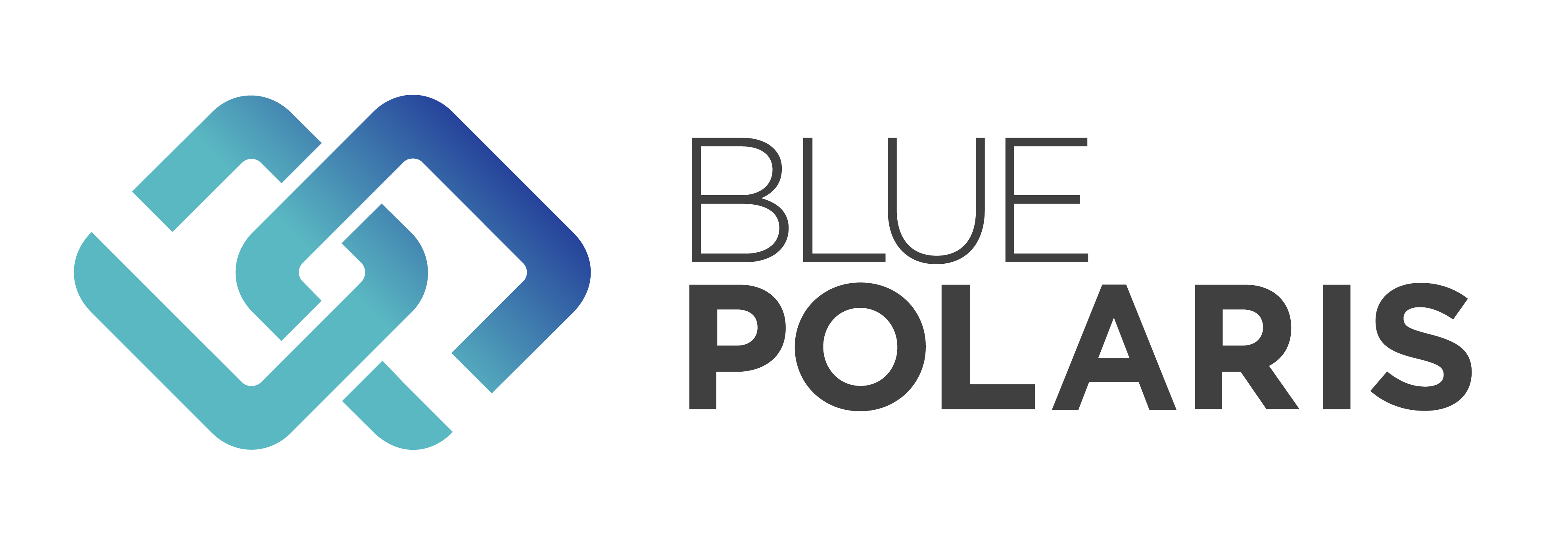Here is an excerpt from our Decision Management Systems Platform Technologies Report on Underwriting and Origination:
Another well established area for Decision Management Systems is that of underwriting and origination. Whether originating loans, mortgages or credit, or underwriting insurance, these decisions offer a strong use case for Decision Management Systems. Often regulated and constrained by policy, these decisions can be effectively managed using business rules. An assessment of risk is often critical to deciding what price or terms to offer: higher risk customers must provide more documentation or pay a higher interest rate. The use of predictive analytic models to predict risk in these circumstances is also well established. Combining these business rules and predictive analytic models into a Decision Management System is a very effective tool for automating the underwriting decision.
A series of set of decisions are typically involved in originating or underwriting and Decision Management Systems have been built for many of these.
Quoting
An initial calculation of the likely price drives a quoting decision. Some Decision Management Systems provide only an estimated quote while others use more complex decisioning, including a risk assessment, to produce a bindable or committed quote that the company is willing to stand behind. Estimated quotes are often easier to generate with less data, making them appealing to users in a hurry while bindable quotes typically involve more data input and time but are more “solid.”
Underwriting
Underwriting or originating the loan or insurance product typically involved applying both rules (from regulations and policies) and making some kind of risk assessment (credit risk, insurance claim risk etc) by predicting the likelihood of one or more “bad” outcomes using predictive analytic models. Such systems often replace manual decision-making, improving consistency, removing bias and freeing up underwriters or loan officers to focus on complex cases and the overall process.
Some forms of origination and underwriting are sufficiently complex (commercial loans and insurance for instance) that the role of Decision Management Systems is largely in helping a human user either by making some of the component decisions within the overall decision or by at least eliminating options or choices that are not allowed in the circumstances.
Pricing
Pricing a loan or policy is sometimes a separate calculation decision managed by a Decision Management System whether or not the decision to underwrite is automated. These are typically based purely on calculation rules.
Payroll deduction calculation
When applicants are approved for insurance or loans there may be additional calculations that can be automated. One example is a Decision Management System to calculate appropriate payroll deductions and the tax implications of same.
How to approve this request
Some organizations are not interested, willing, or able to automate the decisions themselves. Even in these circumstances Decision Management Systems can play a useful role. Organizations have built Decision Management Systems to manage the approval process (applying regulations and restrictions on how approval is managed and who is involved), to identify the forms and proofs necessary prior to approval and more.
| Even when the business decision is left to a human user, Decision Management Systems can improve throughput and efficiency. By handling decisions such as readiness (do we have all the paperwork we need), assignment and routing they can make the manual decision-making flow more quickly and efficiently. |
Read more in our Decision Management Systems Platform Technologies Report.
